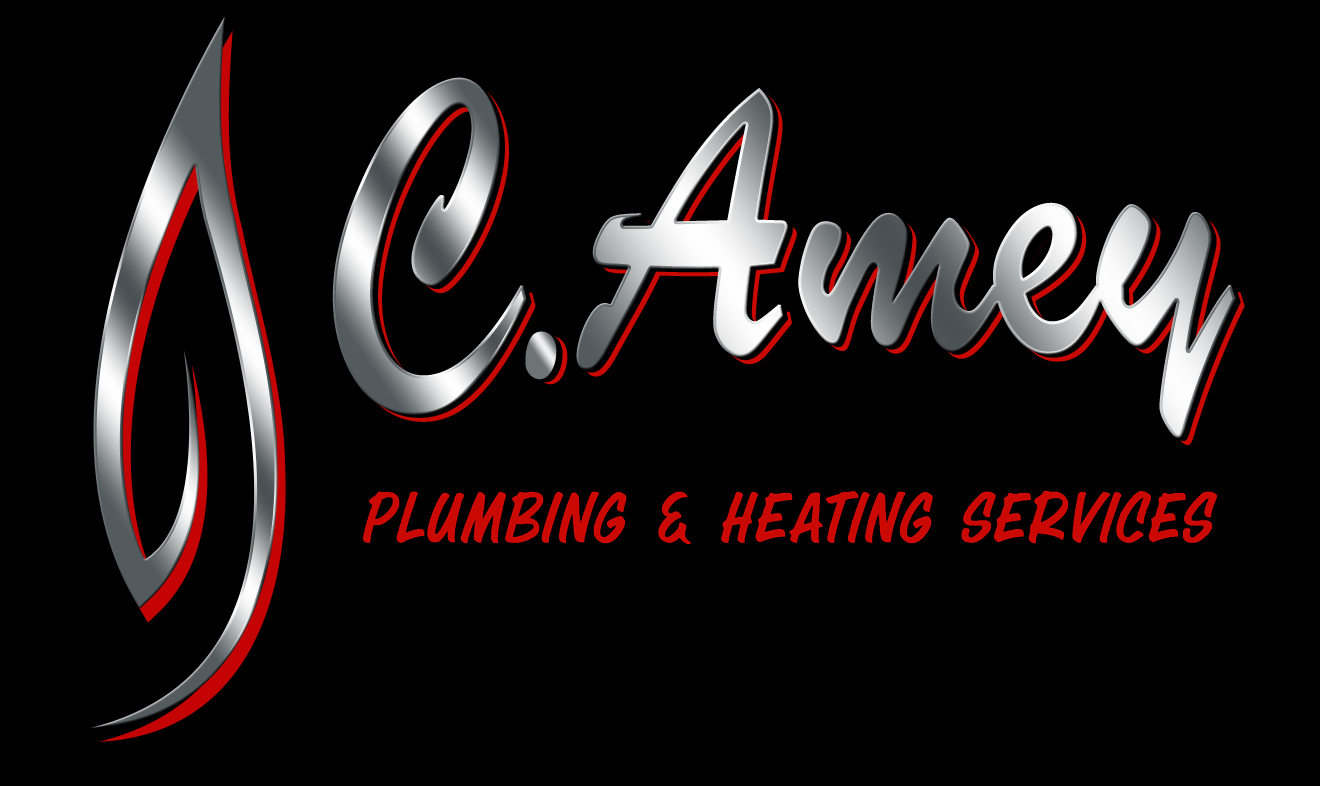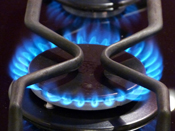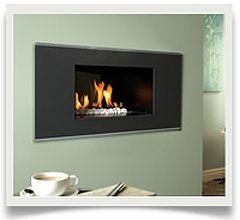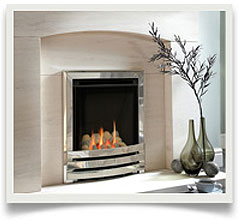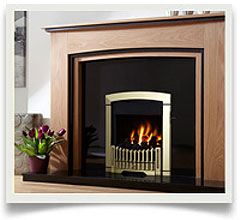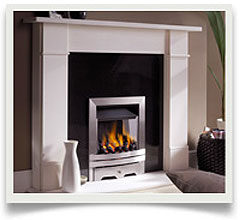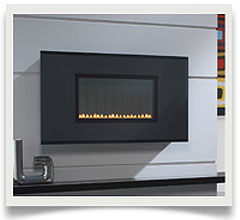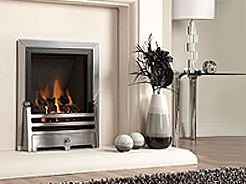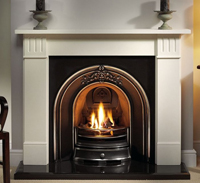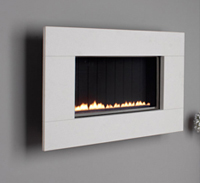Gas Fire Styles
Ventilation
Most gas fires have a heat input of under 7kW which requires no additional ventilation to be fitted into the room in which it is installed. There are odd exceptions to this and almost certainly any gas fire which has a gas input of over 7kW or a fireplace opening of more than 16.5”will require additional ventilation to be fitted.
Lining the Flue
It is not very often that a flue has to be lined with flexible flue liner when fitting a gas fire. However, there are exceptions to this, which are generally related to the condition of the existing brick flue and on the advice of individual gas fire manufacturers.
Flue Terminals
Contrary of general opinion, gas regulations do not require a flue terminal to be fitted to the top of a chimney flue into which a gas fire has been fitted. However, we would generally advise that a bird/rain guard is fitted to discourage birds from sitting on the chimney and sometimes falling down the back of the fire which can be very distressing for all concerned. A rain cap also stops the sooty deposits from coming down the chimney when it rains.
Embers always advises that a conventional chimney in which a coal fire has been burning is swept prior to a gas fire being fitted.
Hearths
All gas fires, which are situated at floor level, require a non-combustible hearth that conforms to the following dimensions –
- A minimum of 12mm thickness
- Surface height to be no less than 50mm (2”) above the floor. Where this cannot be met, a suitable fender with a minimum height of 50mm (2”) can be used.
- Minimum depth of the hearth must be 300mm from the source of heat.
- Must extend 15mm (6”) either side of the heat source.
Where a hearth is not required, the manufacturer should provide a minimum diminution from floor level to the heat source (if this is not supplied, a minimum of 300mm (12”) should be used.
Flue Types
To assist you in determining the type of gas fire you can have; we have compiled below, a list of flue types and their descriptions.
A Balanced flue is a sealed unit, which, in the case of a gas fire means it is a glass fronted fire. These are available in the more inset fires or as outset gas fires, which sit out on a hearth. The fire then has a concentric flue, which generally projects out onto an outside wall. The flue has two layers, one within the other. One will draw air into the fire; the other will discharge the carbon monoxide outside to disperse into the atmosphere. Gas regulations stipulate clearances which we must consider when installing balanced flues in relation to open doors, windows and internal and external corners etc. of your property, all of which can have an adverse effect on the flue operation if not adhered to.
In some cases balanced flues can go vertical either internally or into an existing chimney. This will depend on each manufacturers product.
A Power flue is generally fitted to an inset open gas fire with no glass front. Because the fire takes its air from the within the room in which it is fitted, a fan is fitted to the flue which generally projects out of the back of the fire to assist in drawing air into the fire and pulling out the generated carbon monoxide. Power flues need an electrical connection. If there is an electrical power failure, all powerflues have inbuilt safety devices that switch off the gas to the fire automatically.
This type of appliance is fitted to an outside wall where no chimney is available.
A Pre-cast flue is usually found in more recently built properties. The pre-cast flue is made from blocks, which fit within the cavity of an outside wall. Sometimes they are incorporated into a shallow chimney breast. The flue runs up the side of the property and discharges in the same way as a conventional chimney but there is quite a restrictive range of fires made for this type of flue.
A Pre-fabricated flue, as the name would suggest, is made from sections of pre-fabricated flue which are fitted together to form a conventional type of flue, but again this type of flue restricts the type of appliance which can be fitted to it.
A Class 1 flue is the most versatile of all flues. It is 7” in diameter and is usually found in properties with conventional chimneys, which have, at sometime had open coal fires in them. Most models of gas fire will fit into a Class 1 flue. You will generally find that gas fires with a high heat output or fires which are slightly less efficient will require a 7” flue in order to disperse the heat more effectively which is lost up the chimney.
A Class 2 flue is a conventional flue but is only 5” in diameter. The range of gas fires that can be fitted to a class 2 flue is slightly reduced to that of a Class 1 flue. Pre-cast flues are sometimes described as a class 2 flue but there is a distinct difference, which relates to the measurement of a cross section of the flue diameter.
A Flueless appliance is exactly that. It is able to operate by means of a catalytic converter that is fitted into the appliance to ‘wash’ the carbon monoxide from its emissions. These appliances are 100% efficient and are worthy of consideration where no flue or outside wall is available.
An Oxygen Depletion Device is fitted to all new gas fires. This will automatically shut down the gas fire when the oxygen supply within the room falls below an acceptable level.
For all enquiries please
contact us
